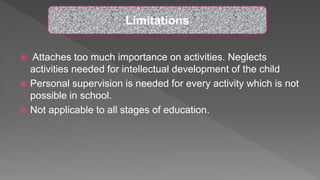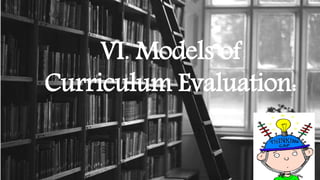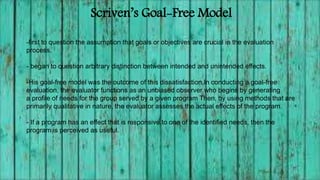1. The document discusses curriculum planning and defines curriculum as a set of learning content and experiences selected to achieve institutional goals.
2. It explains that curriculum planning is a continuous process involving various stakeholders working together to study, plan, develop and improve the curriculum.
3. Good curriculum planning helps decide priorities and allocate resources, accomplish short and long-term goals, and identify and improve weak areas of the program.







































































































